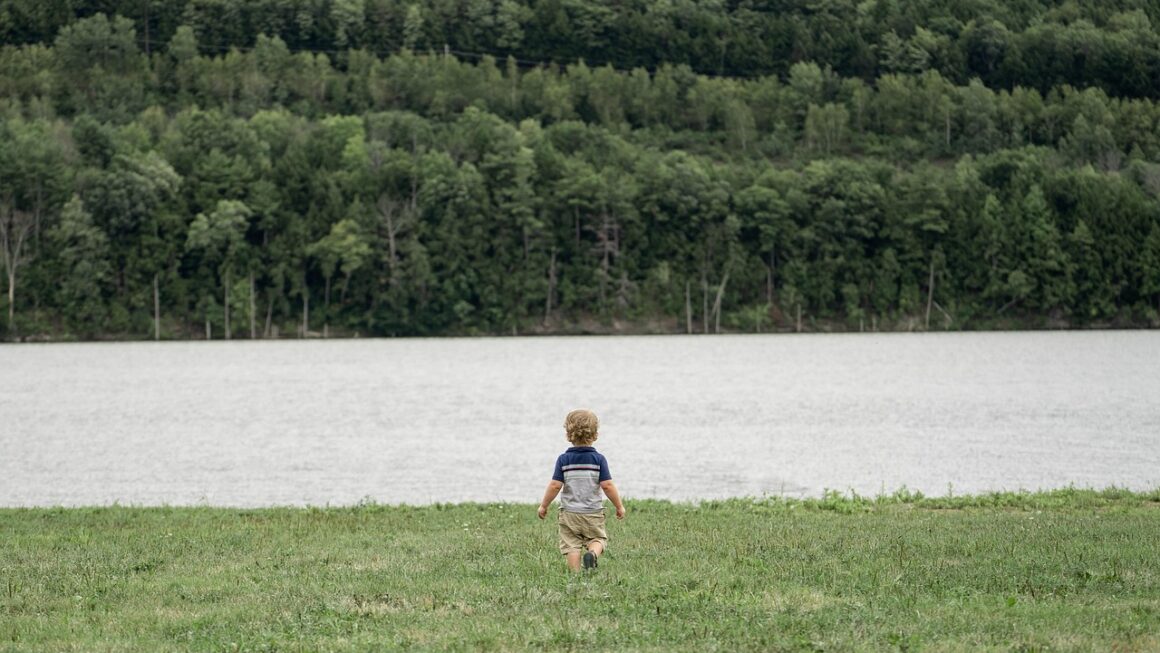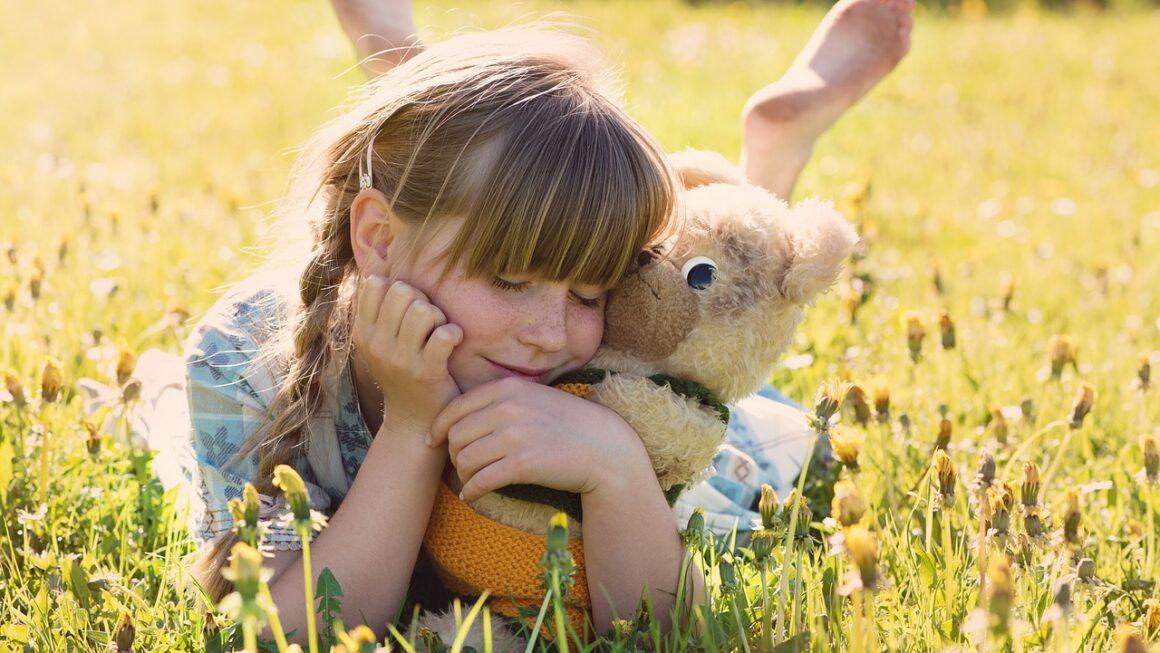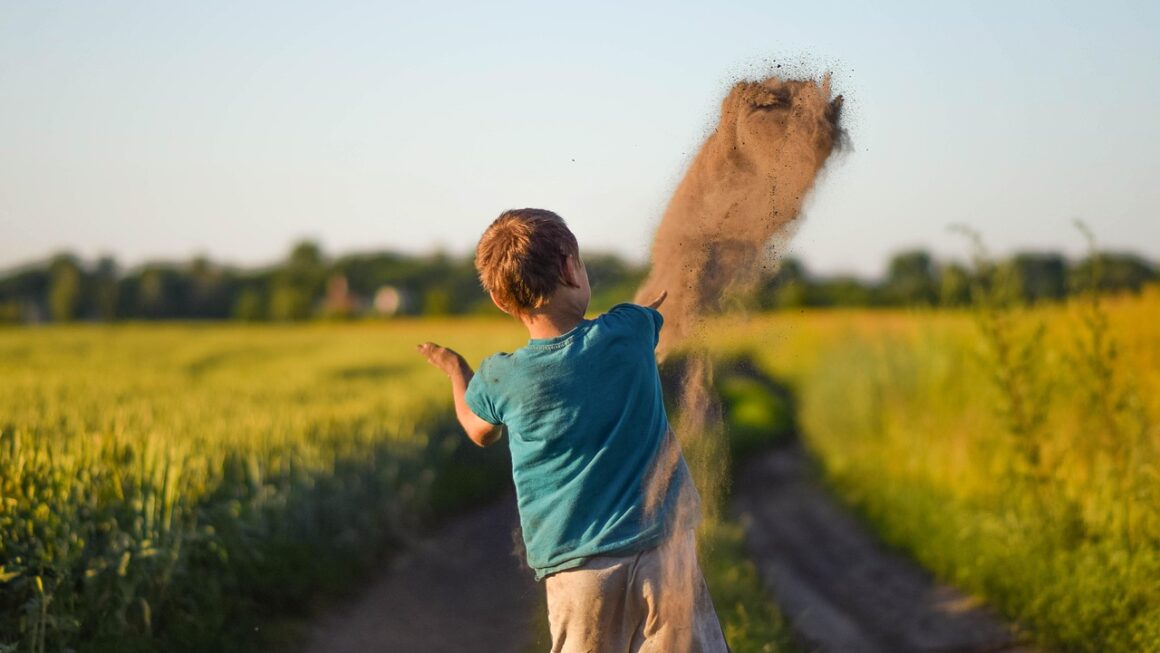Navigating the fascinating world of child development can feel like decoding a complex roadmap. From those first gummy smiles to mastering complex problem-solving, each stage unfolds with unique milestones and challenges. Understanding these developmental phases allows parents, caregivers, and educators to provide the optimal support needed for children to thrive and reach their full potential. This blog post delves into the key areas of kid development, offering insights and practical advice to help you along this rewarding journey.
Understanding Cognitive Development
Cognitive development refers to how children learn, explore, and problem-solve. It encompasses the acquisition of knowledge, memory, and critical thinking skills, all of which are crucial for navigating the world around them.
Piaget’s Stages of Cognitive Development
Jean Piaget’s theory offers a foundational framework for understanding how children’s thinking evolves over time. His four stages provide a roadmap for recognizing age-appropriate cognitive abilities:
- Sensorimotor Stage (0-2 years): Infants learn through sensory experiences and motor actions.
Example: A baby exploring their surroundings by putting toys in their mouth or shaking a rattle.
Practical Tip: Provide a safe and stimulating environment with toys that encourage exploration and sensory input.
- Preoperational Stage (2-7 years): Children develop symbolic thinking but struggle with logic and abstract concepts.
Example: Engaging in pretend play, like using a cardboard box as a spaceship.
Practical Tip: Encourage imaginative play and ask open-ended questions to stimulate their thinking.
- Concrete Operational Stage (7-11 years): Children begin to think logically about concrete events and objects.
Example: Understanding that the amount of water remains the same even when poured into a different shaped glass.
Practical Tip: Use hands-on activities and real-world examples to help them grasp concepts.
- Formal Operational Stage (12+ years): Adolescents develop abstract reasoning and hypothetical thinking.
Example: Solving algebraic equations or debating ethical dilemmas.
Practical Tip: Encourage critical thinking through discussions and problem-solving activities.
Fostering Cognitive Growth
Nurturing cognitive development requires a stimulating and supportive environment. Here are some strategies:
- Reading: Read aloud to children from a young age to expand their vocabulary and comprehension skills.
- Play: Provide opportunities for both structured and unstructured play to encourage creativity and problem-solving.
- Games: Engage in age-appropriate games that challenge their thinking and memory. Board games, puzzles, and memory games are excellent choices.
- Real-World Experiences: Expose children to new experiences, such as visiting museums, nature centers, or cultural events. These experiences broaden their understanding of the world.
- Limit Screen Time: Excessive screen time can hinder cognitive development. Encourage alternative activities such as reading, playing outdoors, and engaging in creative pursuits. Studies suggest that excessive screen time can affect attention span and language development.
Promoting Social-Emotional Development
Social-emotional development encompasses a child’s ability to understand and manage their emotions, build relationships, and navigate social situations. It’s a crucial aspect of overall well-being and future success.
Key Components of Social-Emotional Development
- Self-Awareness: Understanding one’s own emotions, strengths, and weaknesses.
Example: A child recognizing they feel frustrated when they can’t complete a puzzle.
- Self-Regulation: Managing emotions and behaviors in a healthy way.
Example: Taking deep breaths when feeling angry instead of lashing out.
- Social Awareness: Understanding the emotions and perspectives of others.
Example: Recognizing that a friend is sad and offering comfort.
- Relationship Skills: Building and maintaining healthy relationships.
Example: Cooperating with others in a group project.
- Responsible Decision-Making: Making ethical and constructive choices.
Example: Choosing to tell the truth even when it’s difficult.
Cultivating Social-Emotional Skills
- Modeling: Demonstrate healthy emotional expression and conflict resolution. Children learn by observing the adults around them.
- Empathy: Encourage children to consider the feelings of others. Ask questions like, “How do you think your friend is feeling right now?”
- Communication: Teach children how to express their emotions and needs effectively.
- Problem-Solving: Help children develop strategies for resolving conflicts peacefully.
- Emotional Literacy: Introduce children to a wide range of emotions and teach them how to identify and name them. Use books, games, and discussions to build their emotional vocabulary.
- Provide a Safe and Supportive Environment: Children need to feel safe and secure in order to explore their emotions and develop healthy relationships.
Enhancing Physical Development
Physical development encompasses gross motor skills (large movements like running and jumping) and fine motor skills (small movements like writing and buttoning). These skills are essential for independence, exploration, and learning.
Gross Motor Skill Development
- Infancy: Rolling over, sitting, crawling, pulling to stand.
Practical Tip: Provide tummy time to strengthen neck and back muscles.
- Toddlerhood: Walking, running, jumping, climbing.
Practical Tip: Encourage outdoor play and provide opportunities for physical activity.
- Preschool Years: Hopping, skipping, throwing, catching.
Practical Tip: Introduce organized sports or activities like dance or gymnastics.
- School-Age Years: Refining motor skills, participating in sports and recreational activities.
Practical Tip: Encourage participation in a variety of activities to develop different skills.
Fine Motor Skill Development
- Infancy: Grasping, reaching, bringing hands to mouth.
Practical Tip: Provide toys that encourage grasping and reaching.
- Toddlerhood: Scribbling, stacking blocks, turning pages.
Practical Tip: Provide crayons, paper, and building blocks.
- Preschool Years: Drawing, cutting, using utensils.
Practical Tip: Provide scissors, glue, and other craft supplies.
- School-Age Years: Writing, typing, using tools.
Practical Tip: Encourage activities that require fine motor coordination, such as playing musical instruments or building models.
Promoting Physical Activity
- Encourage Outdoor Play: Provide opportunities for children to play outside as much as possible.
- Limit Screen Time: Excessive screen time can lead to a sedentary lifestyle.
- Make Physical Activity Fun: Choose activities that children enjoy to keep them motivated.
- Model Healthy Habits: Children are more likely to be active if they see their parents being active.
- Nutrition: A balanced diet is essential for physical development. Ensure children are getting enough nutrients to support their growth. According to the CDC, childhood obesity affects 14.7 million children and adolescents aged 2-19 years old in the United States. A healthy diet and regular physical activity can help prevent childhood obesity.
Language and Communication Development
Language and communication development involves the ability to understand and use language, including both spoken and written forms. It’s essential for social interaction, learning, and expressing oneself.
Stages of Language Development
- Infancy: Cooing, babbling, understanding simple words.
Practical Tip: Talk to your baby often and respond to their coos and babbles.
- Toddlerhood: Using single words, putting words together, following simple instructions.
Practical Tip: Read aloud to your toddler and encourage them to name objects.
- Preschool Years: Using longer sentences, telling stories, asking questions.
Practical Tip: Engage in conversations with your preschooler and encourage them to express their thoughts and feelings.
- School-Age Years: Developing more complex language skills, reading and writing proficiently.
Practical Tip: Encourage reading and writing activities and provide opportunities for children to express themselves creatively.
Supporting Language and Communication Skills
- Talk to Children: Engage in frequent conversations with children of all ages.
- Read Aloud: Read aloud to children regularly and discuss the stories with them.
- Sing Songs: Sing songs and rhymes with children to develop their language skills.
- Play Games: Play language-based games, such as I Spy or 20 Questions.
- Create Opportunities for Communication: Encourage children to express themselves through writing, drawing, and other creative activities.
- Be Patient: Language development varies from child to child. Be patient and supportive, and celebrate their progress.
The Role of Play in Kid Development
Play is not just fun; it’s a vital component of child development. Through play, children learn to explore, experiment, and interact with the world around them. It fosters creativity, problem-solving skills, and social-emotional development.
Types of Play
- Sensorimotor Play: Exploring objects through touch, taste, smell, sight, and sound. (Infants)
Example: Playing with textured toys or rattles.
- Pretend Play: Using imagination to create scenarios and roles. (Toddlers and Preschoolers)
Example: Playing house or pretending to be a superhero.
- Constructive Play: Building and creating things with objects. (Toddlers and Preschoolers)
Example: Building with blocks or Legos.
- Games with Rules: Following specific rules and engaging in competitive or cooperative play. (School-Age Children)
* Example: Playing board games or sports.
Benefits of Play
- Cognitive Development: Enhances problem-solving skills, creativity, and critical thinking.
- Social-Emotional Development: Promotes cooperation, empathy, and emotional regulation.
- Physical Development: Improves gross and fine motor skills.
- Language Development: Expands vocabulary and communication skills.
Encouraging Play
- Provide a Variety of Toys: Offer a range of toys and materials that encourage different types of play.
- Create a Playful Environment: Designate a space for play and make it inviting and stimulating.
- Allow Unstructured Playtime: Give children opportunities to play without adult direction.
- Join in the Fun: Participate in play with children to foster connection and engagement.
Conclusion
Understanding the intricacies of kid development is a journey in itself. By focusing on cognitive, social-emotional, physical, and language development, and by embracing the power of play, you can provide the nurturing environment children need to flourish. Remember that each child develops at their own pace, and the key is to offer consistent support, encouragement, and opportunities for growth. By investing in their development, you’re laying the foundation for a bright and successful future.




